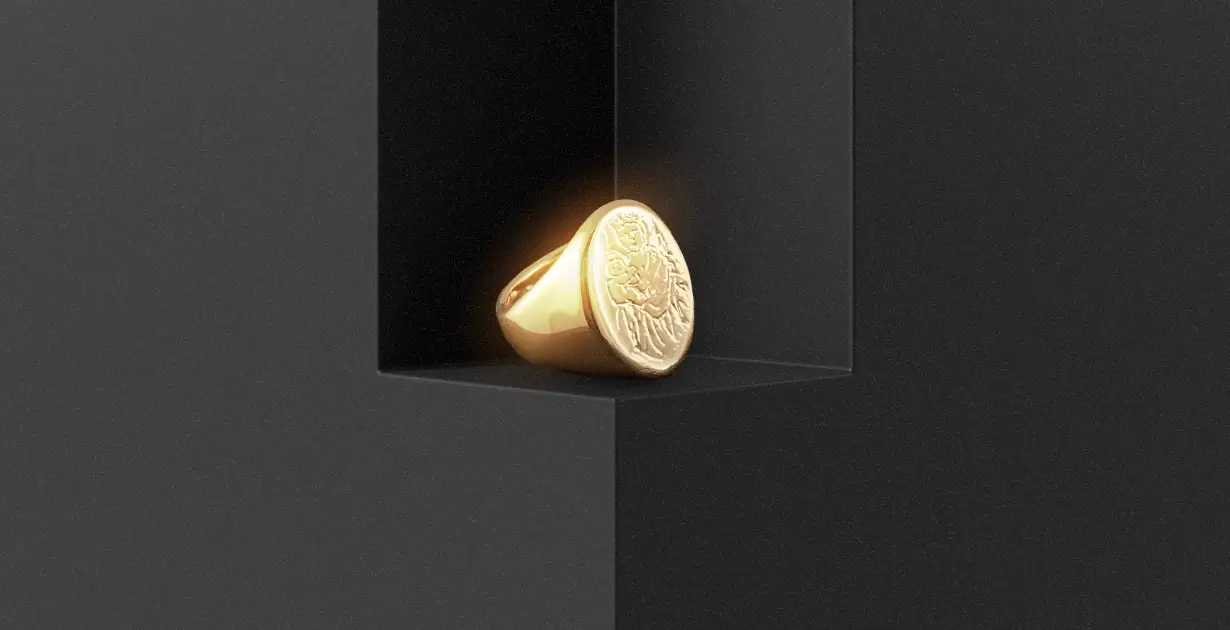
The Legend of Montezumas gold
We have already told the most ancient myths and legends about the yellow metal, told the legend of El Dorado's gold.
The secret of the golden El Dorado
In this article we tell a mysterious story of the treasures of the Aztecs.
The story of the treasures of the world's richest civilization is associated with the name of the greedy conquistador Hernan Cortes. In the 16th century, the Spaniard became famous for his conquests in Mexico and the conquering of the Aztec empire. The most famous legend about the infinite riches of the ancient people is the legend of Montezuma's gold.
Hernan Cortes and the Tribal chief's gold
In November 1519, a troop of Spanish soldiers under the command of Hernan Cortes arrived in Mexico. A squad of Cortes, which consisted of 250 well-armed men, entered the capital of the Aztec state, Tenochtitlan. The leader of Montezuma was unimaginably rich, an infinite amount of gold treasures was kept in his stash. According to chronologists, the Aztec leader of Montezuma was a coward person and a very cruel ruler. The troops of Montezuma surrendered under the onslaught of the Spanish conquerors. The Indians had a trembling fear of "white-skinned gods" largely because of their religious beliefs.
Timid Montezuma personally invited Hernan Cortes to his residence as a guest and arranged a magnificent reception in his honor.
In the photo: Montezuma — the last emperor of the Aztecs of the dynasty of Akamapichtli, was crowned as the emperor of the world.
During their stay in the palace, the Spaniards noticed a fresh brickwork in the wall of the hall. They broke it down and ended up in a large room full of precious riches. There were piles of gold jewelry, lots of gold bars, gold utensils and cutlery, gems, as well as expensive fabrics. These treasures formerly belonged to the Aztec emperor Axayacatl, the predecessor of Montezuma.
The conquistador pretended he did not to know about the hiding place. By the order of Cortes, the soldiers also remained silent and immured the "golden room." In attempt to quickly escort the uninvited guests, the leader of Montezuma decided to present these treasures as a gift to the formidable Spanish Emperor Charles V. Cortes was asked to deliver a precious gift to the king as soon as possible.
But Hernan Cortes did not hurry to leave the Aztecs' land. The Spaniard realized that in addition to the "golden room" in Tenochtitlan, even more precious storage units are kept hidden there. He did not intend to leave all the gold to the Aztecs.
In the photo: Fernando Cortes de Monroy and Pizarro Altamirano — a noble Hidalgo, Spanish conquistador, conqueror of Mexico.
Cortes did not manage to seize the treasure. He had to settle a long-standing dispute with the Cuban governor Diego Velasquez. Velasquez envied the success of the brave conquistador and sent his military detachment to Mexico in order to capture Cortes. The conquistador left his deputy Pedro de Alvarado in Tenochtitlan.
The Night of Sorrows
In May, the Aztecs celebrated a national holiday dedicated to one of their deities, they asked de Alvarado to allow them to hold a solemn ceremony. The commander had a condition: all Indians must come in the temple unarmed. The Aztecs agreed. Many rich Indians from all over Mexico gathered in Tenochtitlan on that holiday, they were lavishly accessorized with gold jewelry. They were unarmed. The Spaniards also came to the festival, but in full combat ammunition. Alvarado craved for an easy gain and ordered his soldiers to attack defenseless Aztecs. All participants of the ritual were eventually killed. The Spaniards took possession of a multitude of precious stones and golden items. The meanness of the soldiers aroused the anger of the Aztecs, and the whole town of Tenochtitlan rebelled against the treacherous conquerors. They were saved by the sudden return of Hernan Cortes and his troops.
Enraged Indians attacked the Spaniards with full force. The fighting followed one another, the Spanish soldiers were losing their strength. Montezuma came to the aid of the conquistador and his army. Montezuma urged the Aztecs to stop the slaughter, promising that the Spaniards would leave the city of Tenochtitlan without a fight. The rebellious Indians resented the cowardly words of the leader, they called him a traitor and a disgrace to the people. Stones and arrows flew at Montezuma. He was severely wounded and soon died.
The Aztecs continued their massive attack on the Spaniards. Cortes realized that they could not hold out, and gave the order to leave. The conquistador took all the gold from the stash of Montezuma. The Indians fought with a vengeance. On the night of June 1, 1520, the Spaniards managed to escape from the encirclement, crossing an artificial lake. But the caravan, which was loaded with the treasures of Montezuma, sank under the flurry of Indian arrows. Most of the soldiers of Cortes were killed. In historical chronicles, the bloody events of that night were called "The Night of Sorrows" (La Noche Triste).
In the picture: the battle of the Spanish conquistador Cortes and his troops with the Aztecs in Tenochtitlan.
After conquistadors escaped Tenochtitlan, the Aztecs took the jewels from the bottom of the lake. They combined these treasures with the treasures of their palaces and temples and hid them in the north of the country in the Sierra Madre mountains or even further away — in North America.
The Mystery of the Aztec ruler
In June 1521, new troops of Cortes approached Tenochtitlan once again. The siege of the city lasted two months. Hernan Cortes tried to find out from the new Aztec ruler the place where the gold of Montezuma is kept, but the leader did not reveal to him the great secret.
Conquistadors and travelers have been searching for the legendary treasures of Montezuma on the territory of Mexico for many years, but without success.
Where to find the golden treasure?
According to one version, the treasures of Montezuma are buried in North America in the states of Arizona or Utah. Many gold seekers consider this fact credible.
Indians of Arizona told the legend of a long caravan: many porters carried on their shoulders a heavy load to the Colorado River through the mountain pass. The procession was accompanied by soldiers that were armed with spears. None of them returned back...
In 1914, gold miner Freddy Crystal from Utah discovered the engraving on the rock cliff, which is identical to the signs on an ancient map, indicating the path to the legendary gold treasures. Crystal found a distant descendant of Montezuma, so that he could read the ancient map. The gold discoverer found out that the topography of the painted terrain really matches the Kanab area.
Freddy Crystal persuaded the townspeople to help him find the golden treasure by keeping this secret from the authorities. He promised to share the new-found wealth for the help. Treasure seekers managed to find an intricate system of tunnels and caves in the local mountains, which was stuffed with traps. Yet they did not find the golden treasure. Either Montezuma's treasure was never there, the Aztecs might hid it elsewhere, or some lucky cave explorer was the first one to discover the precious treasure.
Learn the legend about the gold of Norse dwarves — fairy midgets who own the treasures of the dungeon.




